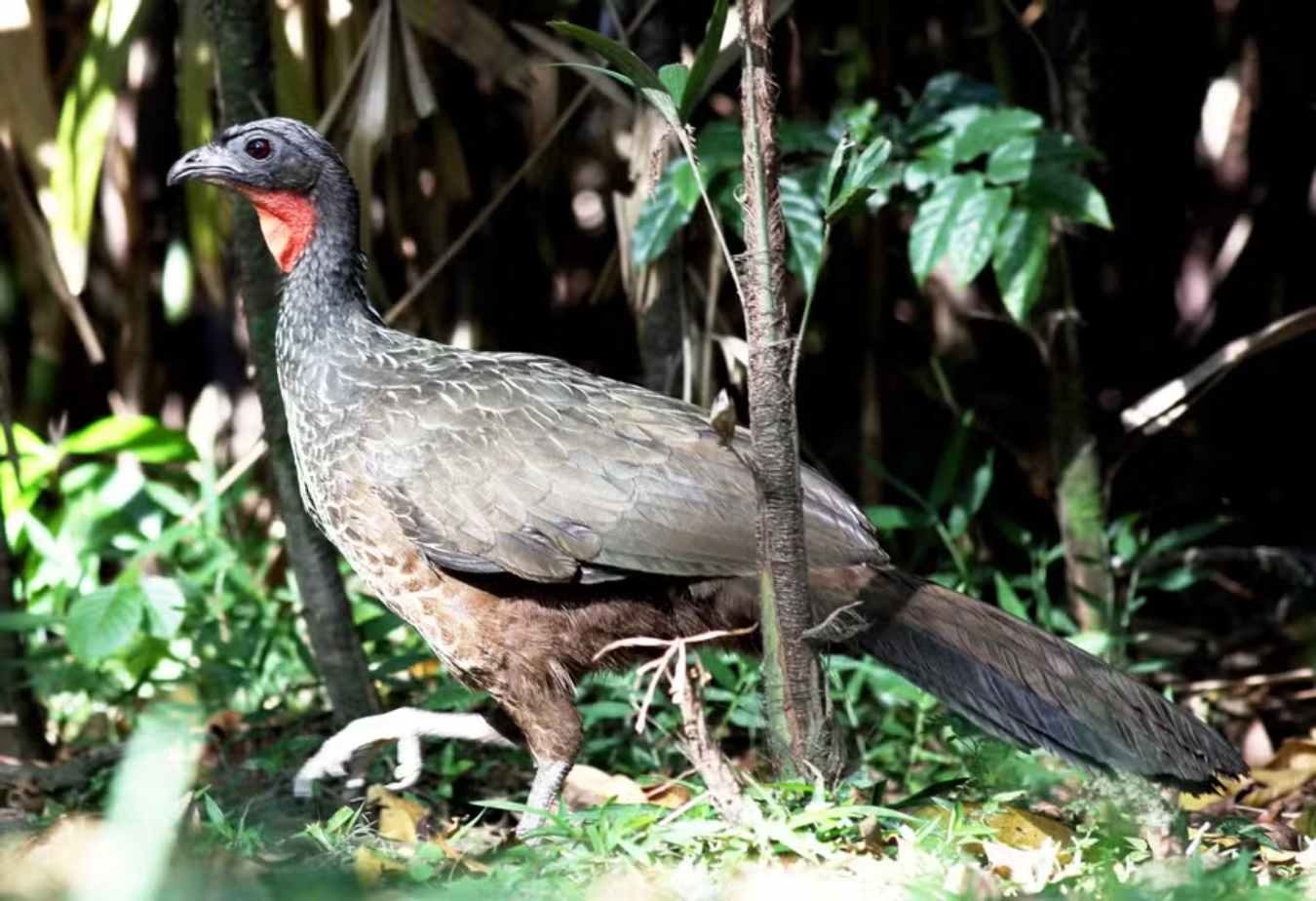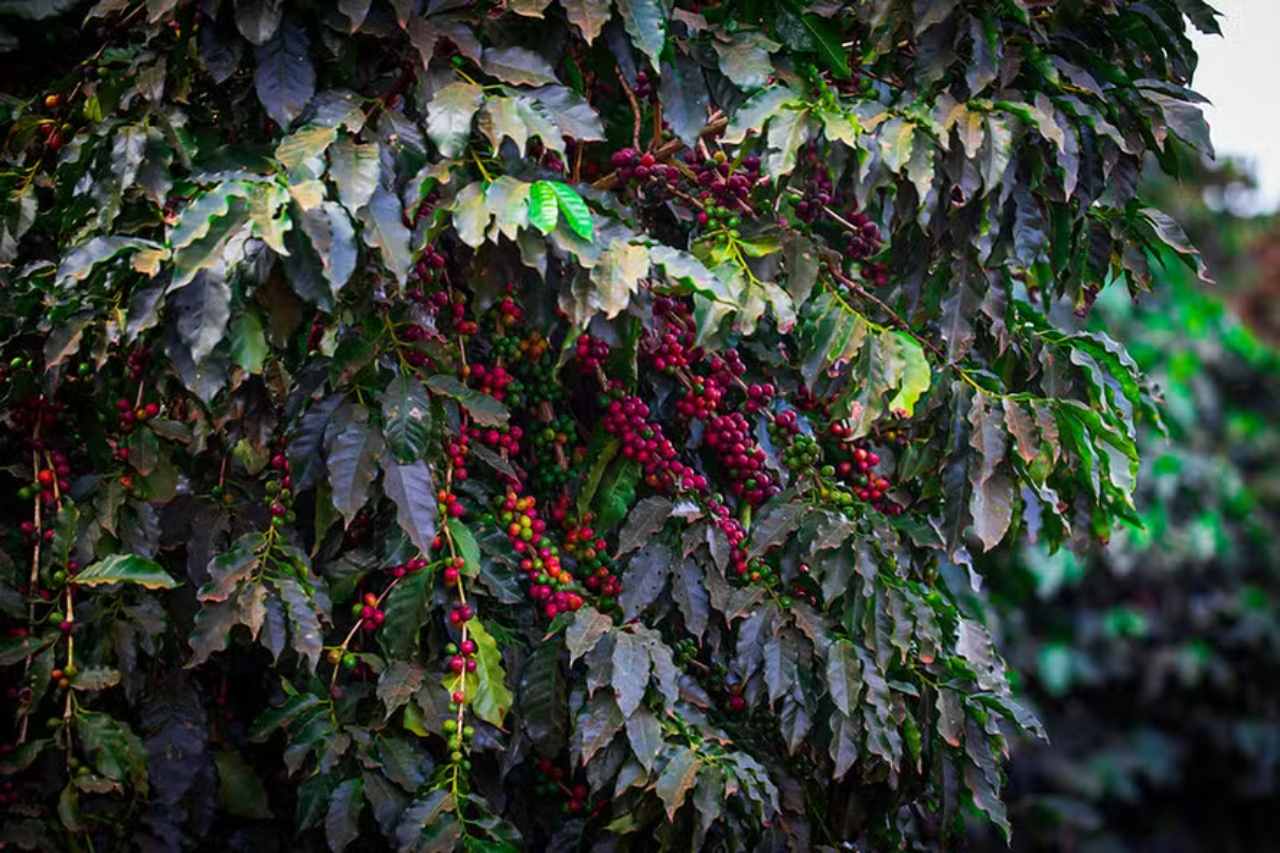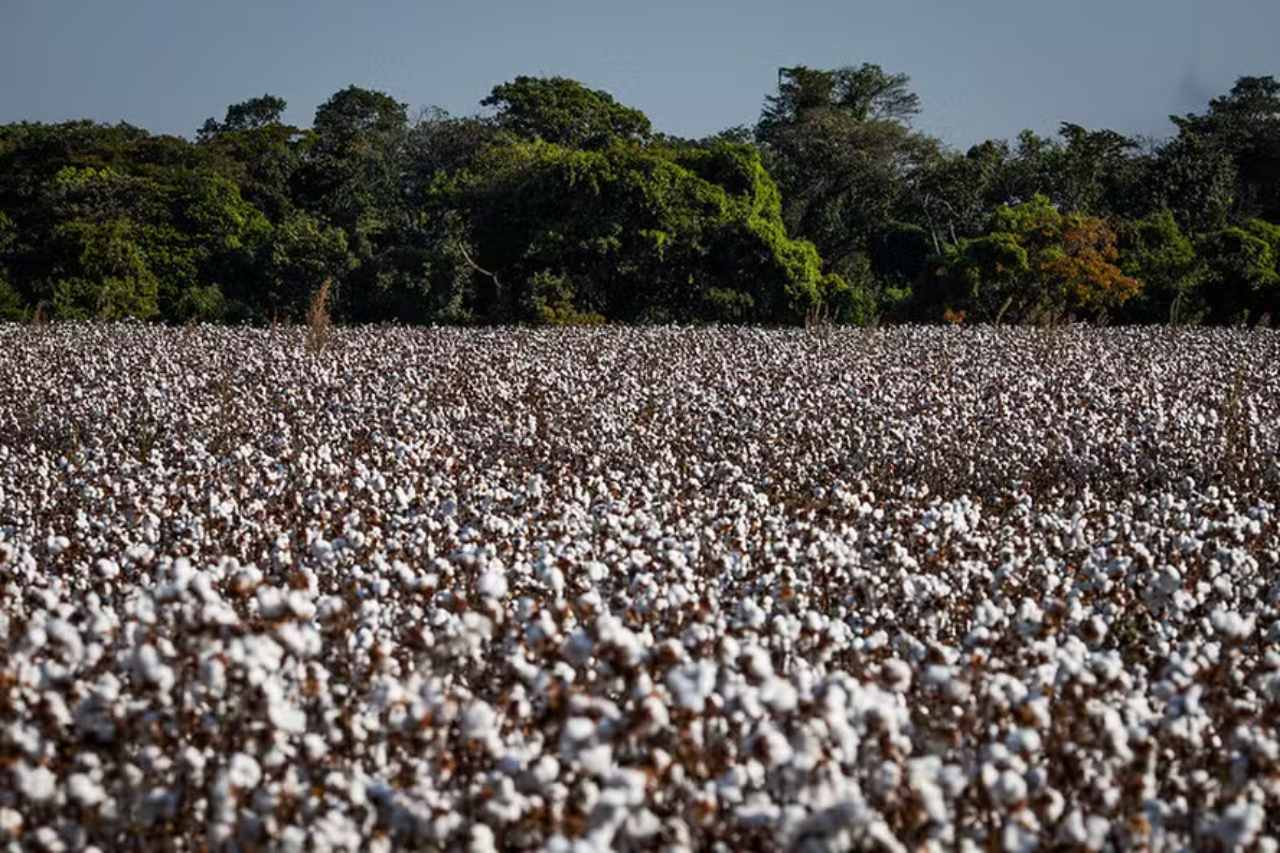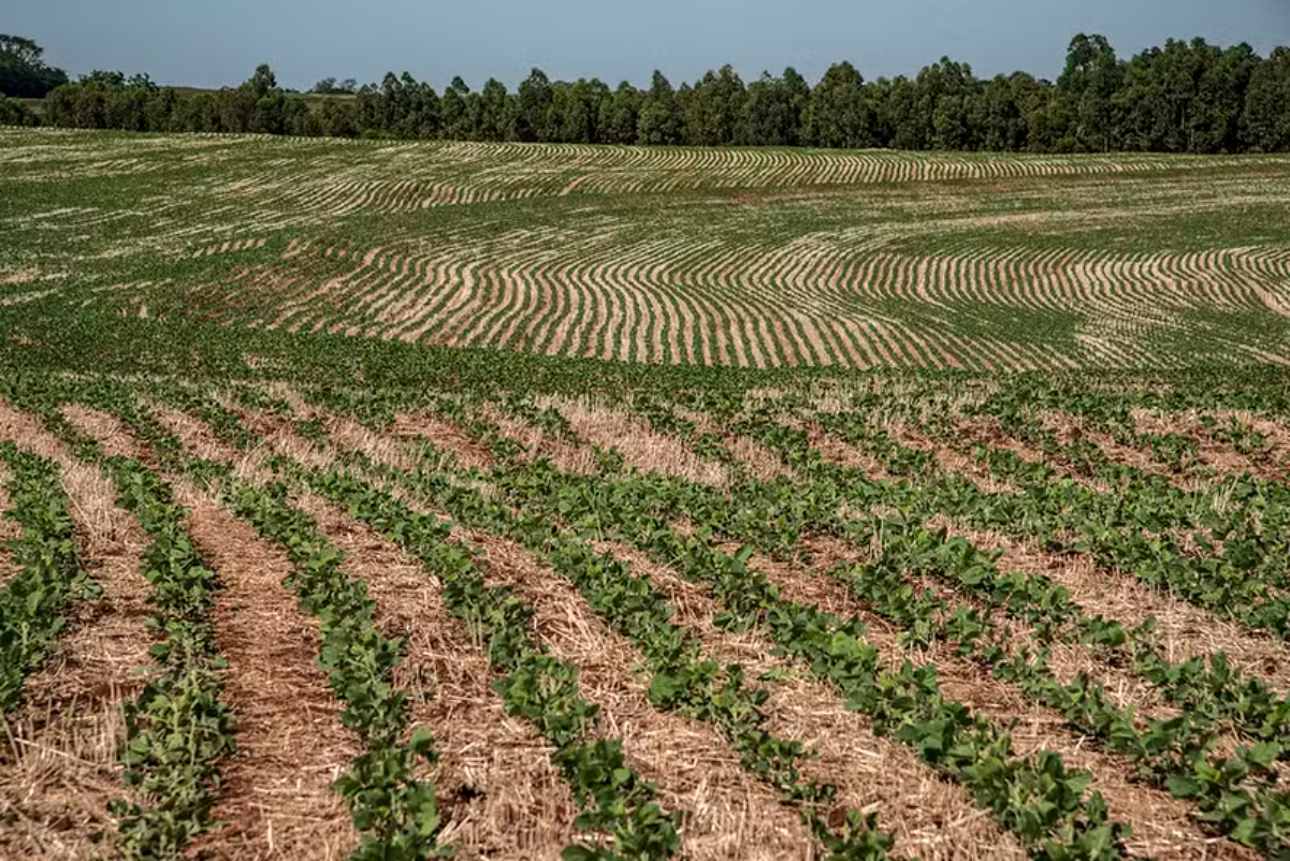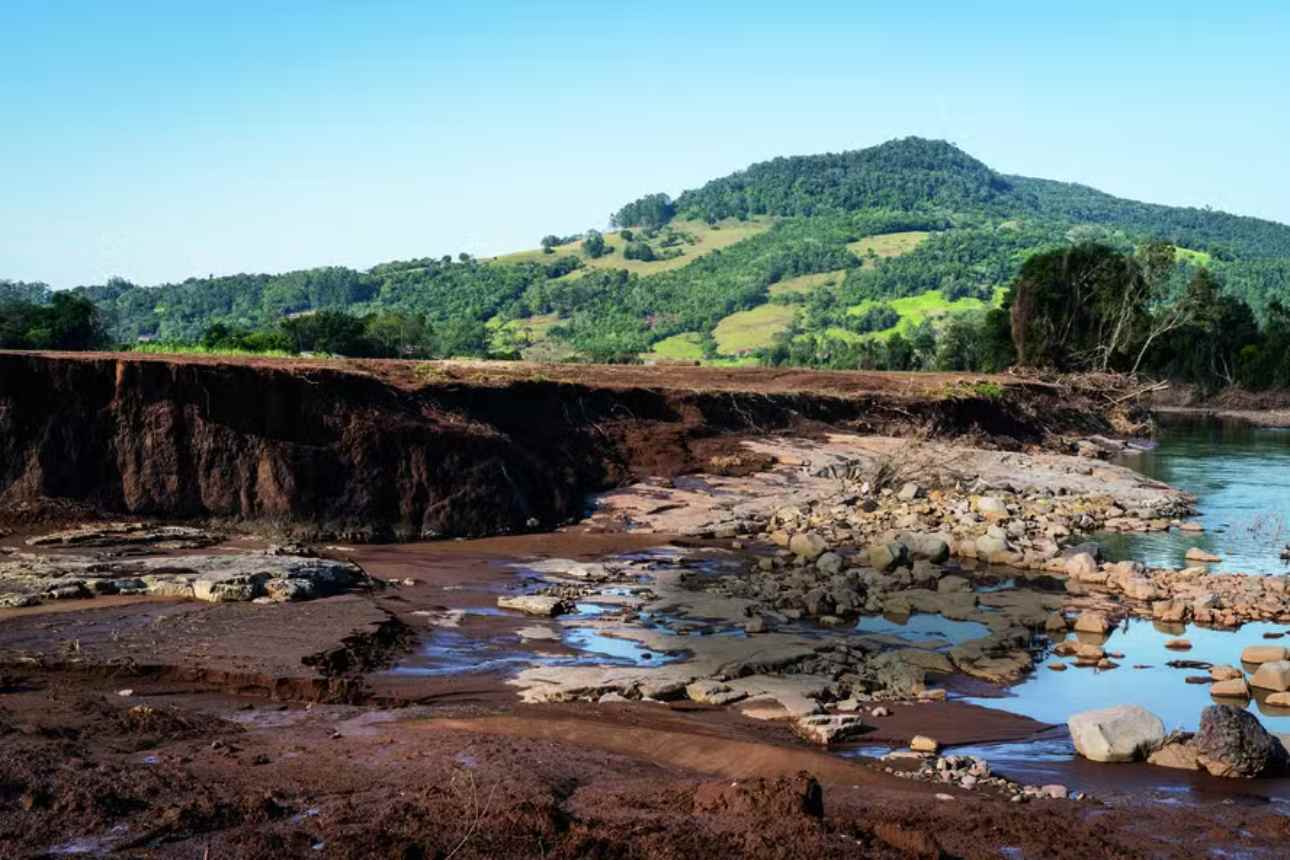Inspired by the World’s Most Expensive Coffee, Kopi Luwak
On the Pico do Boné farm in Araponga, Minas Gerais, coffee grower Kátia Belo Martins has adopted an unusual approach during the latest harvest. In the late afternoons, she roams the native forest with her family, searching for droppings of the jacuaçu bird, commonly known as the jacu. From these droppings—resembling a “pé-de-moleque” (a traditional Brazilian candy)—Martins extracts coffee beans to produce the exotic Jacu Bird Coffee, sold for as much as R$ 34,000 per 60-kilogram sack.
“We listen to where the jacus are, head to the trees where they roost, search the ground for their ‘treasures,’ and gather them in a satchel,” says Martins. Her farm, near the Serra do Brigadeiro State Park, is surrounded by native forest where jacus thrive. During harvest season, these birds feast on ripe coffee cherries and other fruits in the region.
This year, Martins collected 35 kilograms of coffee beans through this method. However, as the jacus roam freely, collecting all of their droppings proves challenging. “Sometimes, they eat on our farm but relieve themselves on the neighbor’s property, so we can’t collect there,” she explains. She estimates over 100 jacus live in the vicinity.
From Pest to Partner
Despite initially being seen as a nuisance—consuming 10–15% of coffee production and damaging trees with their weight—jacus have earned newfound appreciation from Martins. Their role in seed dispersion and forest regeneration, coupled with the high value of the coffee produced from their droppings, has transformed them into allies.
The droppings are collected manually and undergo drying to extract the beans. While the jacus digest the pulp, the beans remain intact, still encased in a protective parchment layer. The extracted beans are cleaned, husked, and dried to 11% moisture before being roasted at 200°C and packaged. Sold online in 150-gram packages for R$ 125 each, the coffee is marketed under the Penélope Majestosa brand, named after the bird’s scientific name (Penelope obscura) and the majestic Serra do Brigadeiro.
Demand has quickly outpaced supply. “This year’s production sold out fast. We have a waitlist,” Martins says, noting plans to plant an additional 10,000 coffee trees to increase production. Currently, her farm has 80,000 coffee plants spanning 18 hectares.
Varieties and Production
Martins cultivates a variety of coffee plants, including Arara, Catiguá, Catuaí Amarelo, Catuaí Vermelho, Catuaí 2SL, and Catuaí 24/237. Identifying the specific variety from the jacu droppings, however, is impossible. Beyond the exotic coffee, the farm produced 300 sacks of traditional coffee last season, sold domestically and exported.
Inspiration from Indonesia and Espírito Santo
Martins credits her discovery of jacu coffee to online research and a visit to Henrique Sloper’s Camocim Farm in Domingos Martins, Espírito Santo. Sloper was the first in Brazil to produce coffee from jacu droppings, inspired by the Indonesian Kopi Luwak, made from beans digested by civets.
Sloper, an amateur surfer, encountered Kopi Luwak during a trip to Indonesia, where it retails for $109 per 100 grams (R$ 6,500). Observing similarities between civet and jacu droppings, Sloper spent over two years perfecting his process. Today, his Jacu Bird Coffee sells for R$ 1,400–R$ 1,600 per kilogram in Brazil and up to £1,400 (R$ 10,900) internationally.
Superior Sensory Characteristics
According to Regivaldo Dias, an Emater-MG extensionist, jacus selectively consume the ripest coffee cherries, ensuring high-quality beans. Fermentation during digestion imparts a unique floral and mild flavor profile.
“The jacu’s digestive system processes only the fruit’s pulp and mucilage, leaving the bean intact. This natural fermentation significantly enhances the coffee’s sensory qualities,” explains Dias.
While Sloper keeps his production methods under wraps, he reveals that the beans undergo freezing at -35°C, drying, manual selection using infrared light, and strict hygiene protocols to prevent contamination.
The result is a highly sought-after exotic coffee, celebrated for its unique origins and refined taste.

